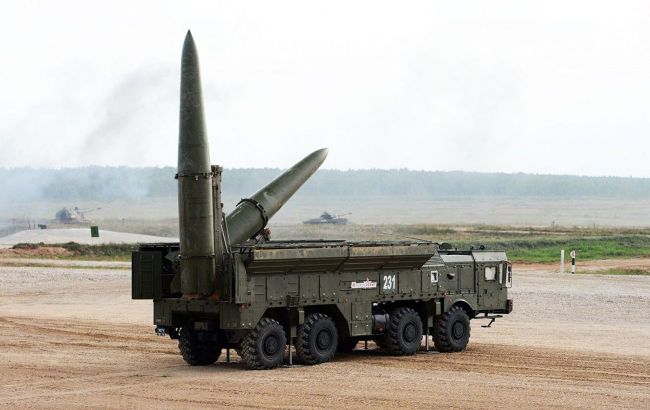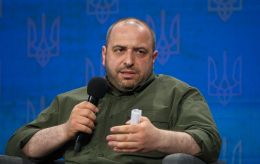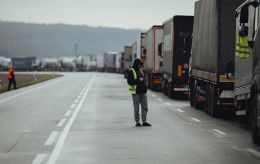The Economist reveals Russia's production rates of Iskander and Kh-101 missiles
 Photo: how many Iskander missiles does Russia produce per year (armyinform com ua)
Photo: how many Iskander missiles does Russia produce per year (armyinform com ua)
Russia is producing ammunition "at an extraordinary speed." Journalists have learned the annual production volumes of Iskander and Kh-101 missiles, The Economist reports.
According to the media resource, which refers to Ukrainian assessments and a report by the Royal United Services Institute (RUSI), Russia is manufacturing ammunition "at an extraordinary speed" - over 1,400 Iskander ballistic missiles per year, as well as 500 Kh-101 cruise missiles annually.
However, as noted by the journalists, production rates in other sectors remain unstable.
"Just 10-15% of the 1,500-2,000 tanks and 3,000 other armoured fighting vehicles being produced annually are new," the article says, citing the RUSI report.
The rest of the resources, restored from old Soviet stockpiles, could be depleted by 2026 if current loss rates persist. In particular, the production of Russian armored vehicles, according to The Economist, may reach its peak this year.
Russia's threat to NATO countries
These figures are presented in the context of assessing a possible Russian offensive against NATO countries. The media resource writes that as long as the war in Ukraine continues, Russia will not have enough available ground forces to pose a serious threat to NATO.
"But even if a ceasefire is signed, Russia might struggle to divert large numbers of troops, because that might allow Ukraine to recapture territory," the article states, citing analysts.
Therefore, the authors continue, Russia will have to build new forces. Western intelligence agencies have studied carefully how long this might take, and their conclusions vary significantly:
- The US estimates that Russia will rebuild its army "during the next decade";
- Norwegian intelligence believes it will take five to ten years "at the earliest";
- Ukrainian estimates suggest five to seven years;
- German estimates: five to eight years;
- Estonian intelligence appears the least optimistic, suggesting Russia could generate new formations within three to five years, depending on the course of the war, the Russian economy, and the continuation of sanctions.
At the same time, these timelines depend on many factors, including the production of equipment and weapons.
Threat of Russian invasion of NATO countries
The Defense Ministers of Estonia, Latvia, and Lithuania have openly expressed concerns that Russia will not stop at Ukraine in the event of a ceasefire. They do not rule out that a truce in Ukraine could sharply increase the security threat to the Baltic states. In particular, Russia will not cease its rearmament and troop redeployment to NATO's northeastern flank.
As previously reported, Lithuania intends to modernize and strengthen the second route through the Suwałki Gap. It is considered one of the most likely areas for a possible Russian attack on the EU and NATO.
In addition, Politico does not rule out that the Western Balkans may soon become a new "hot spot" on the map. Kremlin leader Vladimir Putin may use them as a "playground" for his own purposes.

